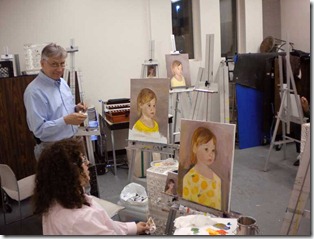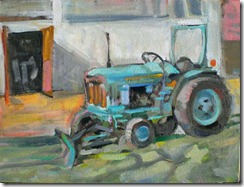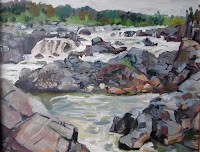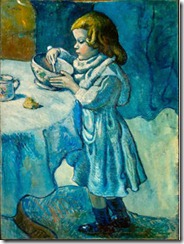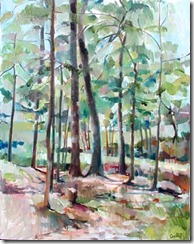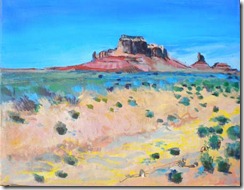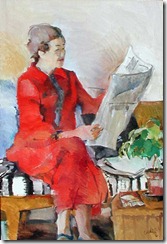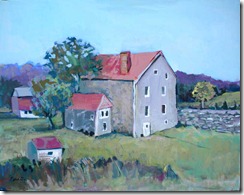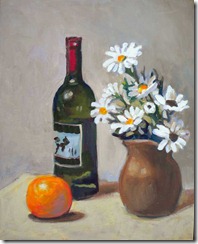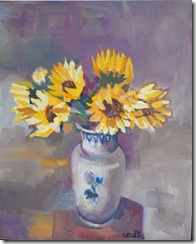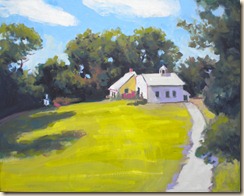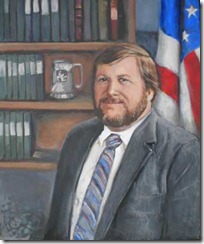 |
| Drawing by Pam, Poem by Dean |
Why We're Here
We were designed by the wind, frustrated
with its inability to inflate a balloon.
We were invented by dogs because after aeons
of licking only each other, they yearned for love
without hairballs.
We evolved from birds, who wanted to be able
to talk with their hands without being carried away.
We were invented by cats to tend door knobs.
We were invented by stones who wanted to reproduce
themselves, but could not set one stone
upon another.
We were invented by the night, grown tired
of having nothing to hide.
We were invented by the flowers, sick and tired
of color-blind bees who only wanted them
for one thing.
We were thought up by the fish, trying to imagine
dreaming with their eyes closed.
We were invented by the snow, dreaming of hugging angels.
We were invented by the fire to reflect it in eyes and cheeks,
for every other creature, fearing it, could not admire it.
We were invented by the sand to make fine distinctions.
We were created by the sun when he discovered
that, alone, he could light up only one side
of the earth at a time.
We were created by the rain, which could not
spell its name in the sand.
The earth made us in hopes we would enable it
to see where it's going.
We were made by the ocean to package its
salty elixir and distribute it to high ground
beyond the reach of surf.
We were made by mountains grown tired of crushing
everything they tried to embrace.
We were made by the full moon because,
though it could reflect endlessly,
it could not smile.
We were made by the trees, because they couldn't
hear themselves fall.
We were made by the grass to graze with our eyes
and gobble up the excess green.
We were made by the cockroaches because their faith
forbids suicide.
by Dean Blehert
























